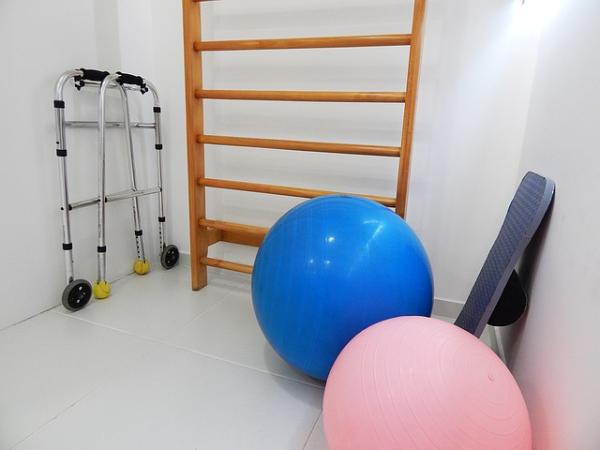Medicare Advantage programs are attractive to patients because it costs them less than traditional Medicare but the savings come with a cost in that Medicare Advantage utilizes narrow networks – they limit the physicians and facilities for their members. The programs received a capitated rate so their selection of physicians and facilities impacts their bottom line. As the population ages, the need for appropriate post-discharge services, e.g., visiting nurses or rehabilitation has grown and represents increasingly variable costs. These services not only improve a patient’s outcome, but they can also help prevent readmissions so what and where this care is provided makes a difference. A study in PLoS Med looks at the difference in outcome after hip fractures for patients enrolled in Medicare Advantage (MA) versus traditional Medicare (FFS). It seems less is more.
The Study
This was a retrospective review of 212,000 traditional Medicare and 76,000 MA patients who sustained a hip fracture and were admitted directly to a skilled nursing facility (SNF) after hospitalization for rehabilitation care. All of the patients had been living at home before their fracture and none had been hospitalized for any reason during the prior year. The study populations were adjusted for the usual demographic and clinical variables. The only pertinent difference was that MA patients were more likely admitted to for-profit chain SNFs.
- The overall cohort had a mean age of 83.9, was predominantly female 77.2% and Caucasian 90.2%
- MA patients spent 5.1 fewer days in SNFs and as a result, received a total of 7.7 hours less of therapy than FFS beneficiaries.
- MA patients had fewer readmissions, were more likely to be successfully discharged back into the community [1], and less likely to be placed in long-term care. While all of these values were statistically significant, they were small absolute differences.
- The activities of daily living, a measure of how independent you are, improved for both groups by about 3 points and were slightly lower, but statistically significant for the MA patients.
Is Less More?
Based on the study's findings, cost savings can be achieved in post-hospitalization care without adversely impacting patient outcomes for hip fractures. The claim that the patient outcomes were superior lies more in the statistical than the clinical significance. All SNFs are not alike; some do a better job than others. Because MA programs are financially responsible for the totality of care, they have a vested interest in choosing SNFs that provide value – lower cost and equal or better outcomes. For the chosen SNFs, a contractual arrangement with MA programs fills beds and guarantees income; both sides are financially aligned and the patient benefits.
In traditional Medicare, hospitals are not financially accountable for their SNF choices, any site with a bed reduces the hospital's length of stay, improving their profitability. That a SNF has poorer results or takes longer to achieve the same outcome with comparable patients is not their concern. Mis-aligned incentives are at play, a faster turnover by the hospital improves their bottom line, and the SNFs maximize their care and length of stay to maximize their payments. Patient outcome is not an issue for either of them. Having financial and clinical responsibility for the entire episode of care, from admission to the hospital to finally going home, is the difference.
The study had two significant limitations. First, there was no accounting for additional home health (visiting nurse) services after SNF discharge, which adds to the overall costs for the entire episode of care, so the actual cost savings, if any, are unknown. Second, in reporting numerical values for the improvement in the activities of daily living it is unclear how much functional improvement was achieved. The improvement that makes you independent is different than the improvement that leaves you needing a wheelchair to leave the house.
Perhaps the best way to think about this study is that Medicare Advantage programs may be able to lower costs and maintain or improve outcomes because they are held financially responsible for all of the care and choose their partners, in this case, SNFs, carefully – they have real skin in the game.
[1] Defined as discharge to home within 100 days of admission to SNF and no rehospitalization within 30 days.
Source: Comparing Post-Acute Rehabilitation Use, Length of Stay and Outcomes Experienced by Medicare Fee-for-Service and Medicare Advantage Beneficiaries with Hip Fracture in the United States: A Secondary Analysis of Administrative Data PLoS Med DOI: 10.1371/journal.pmed.




